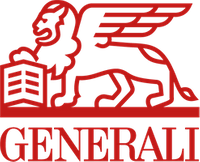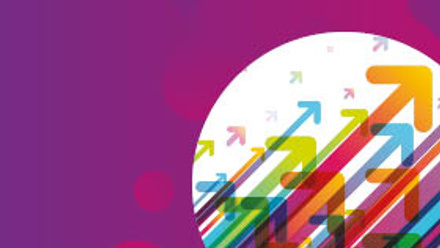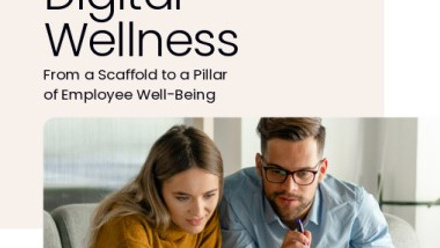When to use different technologies and digital devices to communicate benefits to the workforce

The technologies that are available range from websites and intranets to apps and wearables. Some group IP providers now offer free, instant access to valuable information and promotional tools - in the form of articles, monthly newsletters on health issues, forums, videos, screening tools and self-help programs – via an app that can be downloaded onto Android or Apple iOS devices.
Tailoring information to workplace demographics is obviously important to ensure engagement. This is made much simpler via a combination of both low-tech means such as posters, flyers and wallet cards and more technological methods.
So, here it goes…our five top tips on when various different technologies and methods can be used to help ensure benefits are used and valued.
1) In line with life stages & events
Just about every life stage and life event of an individual presents an opportunity to communicate wellbeing messages: from leaving school or college, job hunting and career planning to starting a family, caring for relatives and children, retirement planning, health niggles and more serious diagnoses.
In many of these cases, signposting to benefits will be relevant. The following examples focus on wellbeing added value benefits associated with group income protection. Signposting to other benefits associated with life stages and events will obviously also be relevant, such as pensions, life insurance, critical illness cover and private medical insurance.
Example scenarios:
- An employee’s elderly parent has suffered a fall and is in hospital and the employee is concerned how they’ll cope when home. Benefit: eldercare support.
- An employee is looking for help and advice because they’re having trouble sleeping and concentrating. Benefit: phone or email support from a counsellor via the Employee Assistance Programme (EAP) / potential for mental health pathway support
- A diagnosis of cancer leads an employee to be concerned about how they’ll organise their home and work life around treatment, plus is causing anxieties regarding the best treatment path. Benefits: cancer work support specialists – tailored pathways / EAP / potential referral for face to face counselling / second medical opinion service.
2) Timed to coincide with around the year events
Seasonal messages
This can include anything from: the January blues and highlighting debt management advice and support; making the most of tax efficient savings prior to the April tax year end; holiday planning and staying sun safe in the summer.
National awareness days & months
Make full use of the opportunities presented by the vast array of National Awareness Days to communicate benefits to employees via the intranet and Apps. Here are just some of the National Awareness campaigns coming up:
May:
- National Walking Month
- Action on Stroke Month
- World Asthma Day
- Sun Awareness Week
- Mental Health Awareness Week
June:
- March for Men (prostate cancer)
- Cervical Screening Awareness Week
- Men’s Health Week
- Diabetes Awareness Week
- Carers’ Week
3) During recruitment & employment
Benefits should be communicated to employees during the interview and recruitment phase. These should also be reminders of what’s available given at regular intervals and in line with the opportunities detailed above.
Some providers also now offer communications help and expertise, such as self-serve communications hubs to allow HR to produce their own employer-branded PDF leaflets, flyers, posters, wallet cards and presentations at no extra cost.
Back to basics training for line managers on what benefits are available via online tutorials can also be provided. This allows line managers to discuss benefits, where relevant to individuals, during supervision and appraisals and identify potential problems and signpost to appropriate help and advice.
4) To help prevent little problems escalating
It’s possible via employee feedback and manager consultations on EAP usage to help identify potential health and wellbeing related problem areas amongst the workforce. HR can then put in place targeted communications to help nip those problems in the bud.
If a number of people are showing signs of anxiety and stress in one department, for instance, stress awareness and management training and advice could be targeted towards the employees and also the line manager.
5) When companies have multiple sites and/or employees in multiple countries
Technology is invaluable as a communications medium when trying to ensure that all employees, no matter where in the UK or abroad they work, can gain the same access to information on benefits.
Obviously this should be tweaked according to different legal obligations and wellbeing services on offer in different countries. This is where a provider with a network of expert insurers and brokers on the ground can also prove invaluable.
Simon Thomas is head of Employee Benefits & Life Division, Generali UK Branch.
This article was provided by Generali.
In partnership with Generali UK Branch
Generali UK provides insurance solutions to the UK employees of multinational clients.







